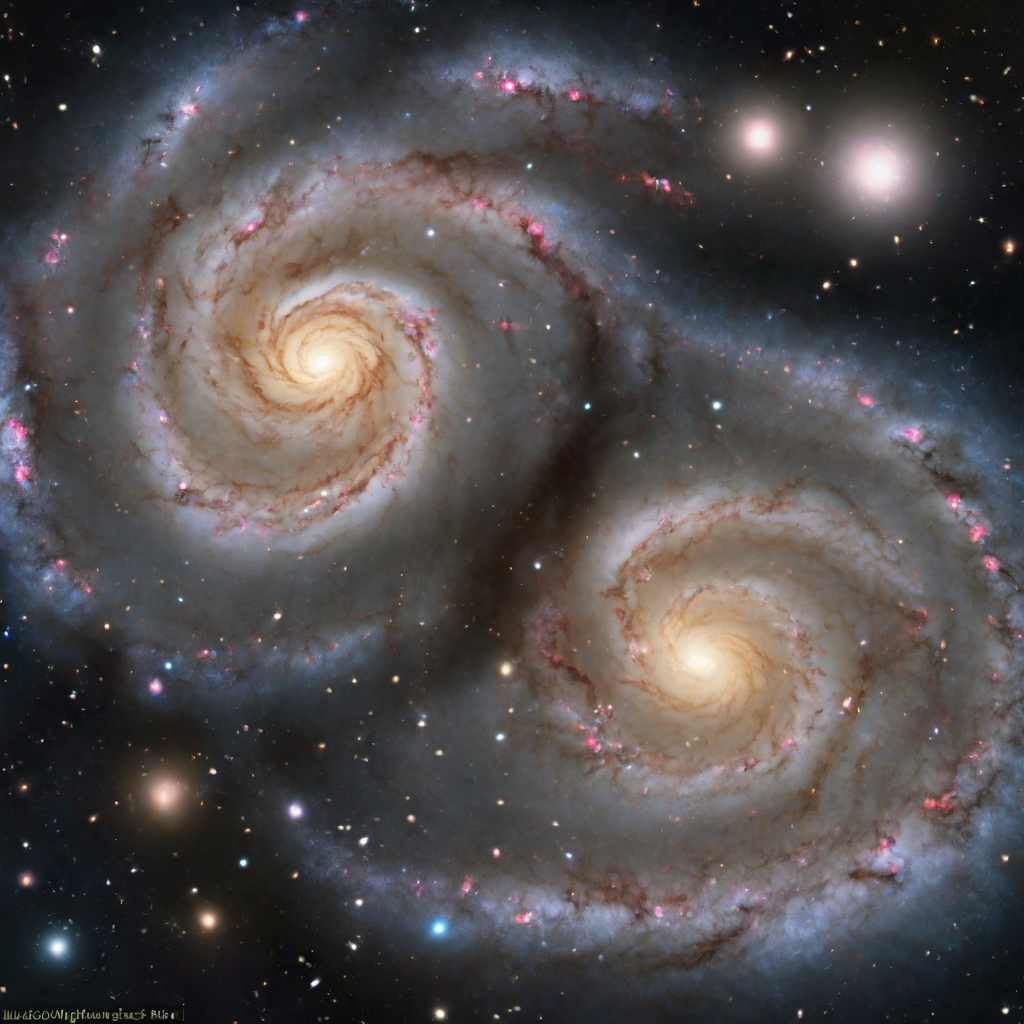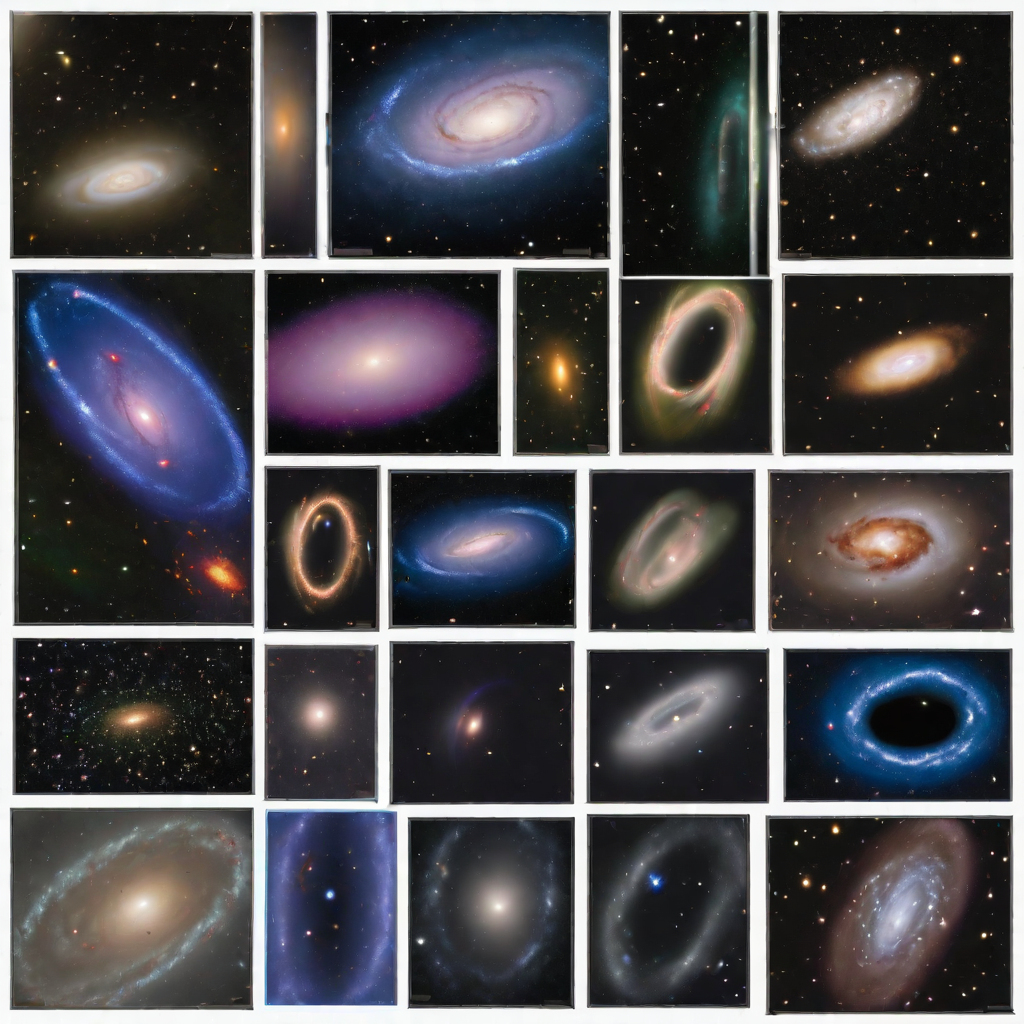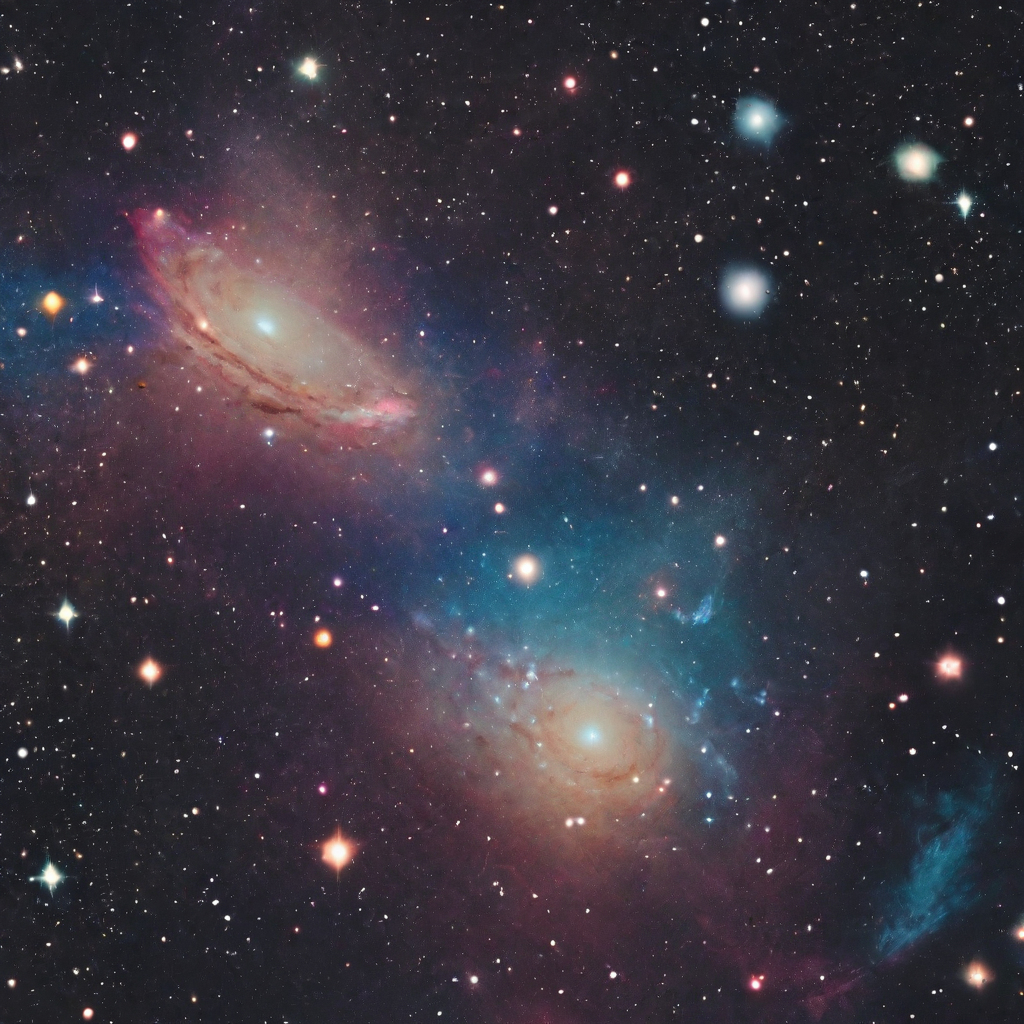Becoming a self-publisher (or “Indie writer”)
The path of the self-publisher, or the Indie writer, as it is often called. It is a journey filled with challenges, but also with great potential and freedom. Becoming a self-publisher means taking control of your writing career, from the creation of your work to its publication and distribution. It is a path that allows you to be the master of your own destiny as a writer.
To embark on the journey of self-publishing, you must first have a written work that you believe in and are ready to share with the world. This can be a novel, a collection of short stories, poetry, or any other form of creative writing. The key is to have a polished and well-edited manuscript that you are proud to present to readers.
Once your manuscript is ready, you have the freedom to choose the publishing route that suits you best. Self-publishing gives you the opportunity to bypass traditional publishing houses and take charge of the entire process yourself. There are various platforms and tools available that can help you in this endeavor, such as Amazon Kindle Direct Publishing, Smashwords, or Lulu.
One of the advantages of self-publishing is that you retain full creative control over your work. You can choose your own cover design, formatting, and pricing. You have the freedom to experiment and make changes to your book as you see fit. However, this also means that the responsibility for marketing and promoting your book falls squarely on your shoulders.
Promotion is a critical aspect of self-publishing. You will need to develop a marketing strategy to reach your target audience and build a reader base. This can involve creating an author website, engaging in social media marketing, seeking reviews, participating in book events, and utilizing various online advertising platforms. Building a strong online presence and connecting with readers is essential for success as a self-published author.
It is worth noting that self-publishing requires a certain level of entrepreneurial spirit and self-motivation. You must be willing to invest time, effort, and sometimes money into building your author brand and promoting your work. It can be a challenging and competitive field, but with dedication and persistence, self-publishing can provide you with a fulfilling and rewarding writing career.
In conclusion, becoming a self-publisher, or an Indie writer, allows you to take control of your writing career and share your work with the world on your own terms. It offers creative freedom and the opportunity to build a direct connection with readers. However, it also requires a strong entrepreneurial spirit, marketing skills, and the willingness to invest in self-promotion. With passion, dedication, and a well-crafted manuscript, self-publishing can be a fulfilling and empowering path for writers.









